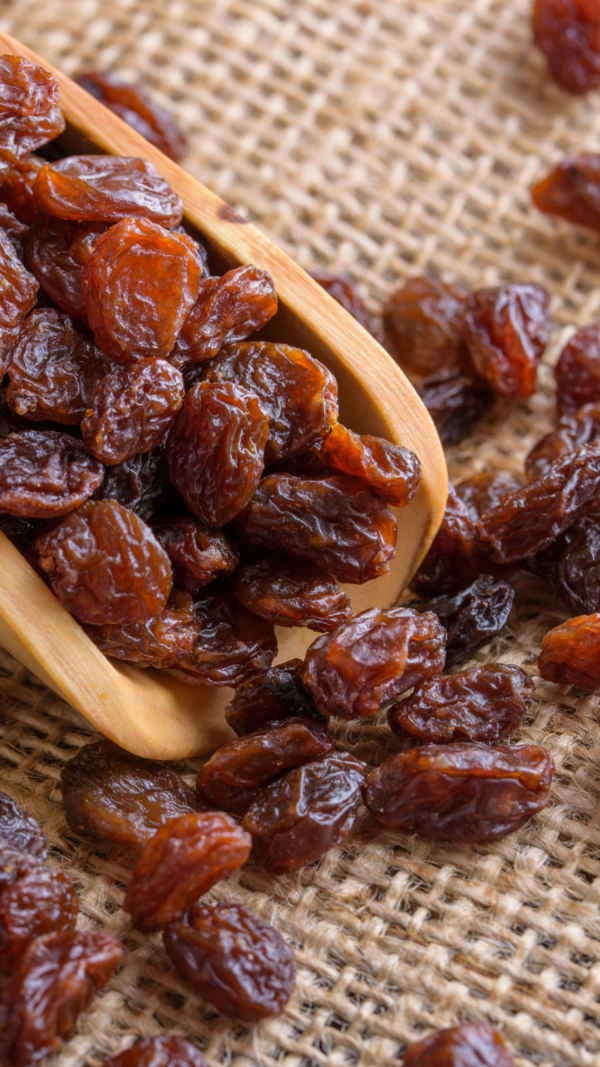- News
- City News
- ahmedabad News
- 40% of livers in Gujarat over 40 are fatty!
Trending
40% of livers in Gujarat over 40 are fatty!
Slug: World Liver DayAhmedabad: In the Bollywood blockbuster film ‘Satte pe Satta', Amitabh Bachchan famously says, "Daaru peene se liver kharab ho jaata hai" (consuming alcohol causes liver damage).In 2025, it is the calorie-rich food in a state like Gujarat that is making livers fatty. The rise in consumption of junk food, along with highly processed food with high levels of saturated and trans fats, has led to 40% of people opting for health checks above 40 years of age being diagnosed withfatty liver disease.In the recently published ‘Health of the Nation 2025' report by Apollo Hospitals, the data of 2.5 lakh patients screened across India indicated that 65% of individuals who signed up for preventive health check-ups, with no previous record of liver disease, were found to have fatty liver. Out of these persons, 52% had normal liver enzyme levels, or a condition identified as non-alcoholic fatty liver disease(NAFLD). The share was significantly higher compared to 38% found in an All India Institute of Medical Sciences (AIIMS) study in 2023.Dr Chirag Desai, programme director for GI, hepatobiliary, and liver transplant surgery at Apollo Hospital Ahmedabad, said that the state figures mirror India data. "On average, we find the prevalence of fatty liver in about 40% of the general population in mid-ages (40 to 60 years).It becomes a contentious issue when accepting liver from a donor – we have to reject several prospective donors from close relatives due to the prevalence of fatty liver," he said.Dr Pranjal Modi, director of IKDRC, said that this year's theme for World Liver Day is ‘Food is Medicine,' which is very significant due to the steady rise in fatty liver disease. "Among the potential donors for the liver, we find prevalence close to 50% - but not all get rejected. If the prevalence of fat is more than 10% of the total mass of the liver, we do not go ahead with the transplant as chances of complications increase in such cases," he said. "Such conditions get aggravated when one already has conditions such as hypertension, obesity, and diabetes."Experts said that while not all fats can be potentially harmful, the fat accumulation in the liver often leads to either steatohepatitis (inflammation) or fibrosis (scarring of tissues). Dr Bhavin Vasavada, liver transplant surgeon at Shalby Hospitals, said that in about 10% of cases of liver transplant, the relatives are not found suitable for donation. "In some cases where the margin is not very large, we even ask the potential donor to reduce weight or take other precautions for a few months before we can carry out the transplant. In the general population, the prevalence is 30% to 40% today," he said."Fatty liver should not be seen in isolation – the lifestyle-linked disorders have an impact on the heart, kidneys, and other internal organs, too. The need of the hour is to ensure that people realise what lifestyle does to their internal organs and disrupt the delicate balance of the human body. While alcohol has remained a major cause of liver diseases, now fat has also become a strong reason," said Dr Anand Khakhar, senior liver transplant and HPB surgeon with Zydus Hospital.
End of Article
Follow Us On Social Media










